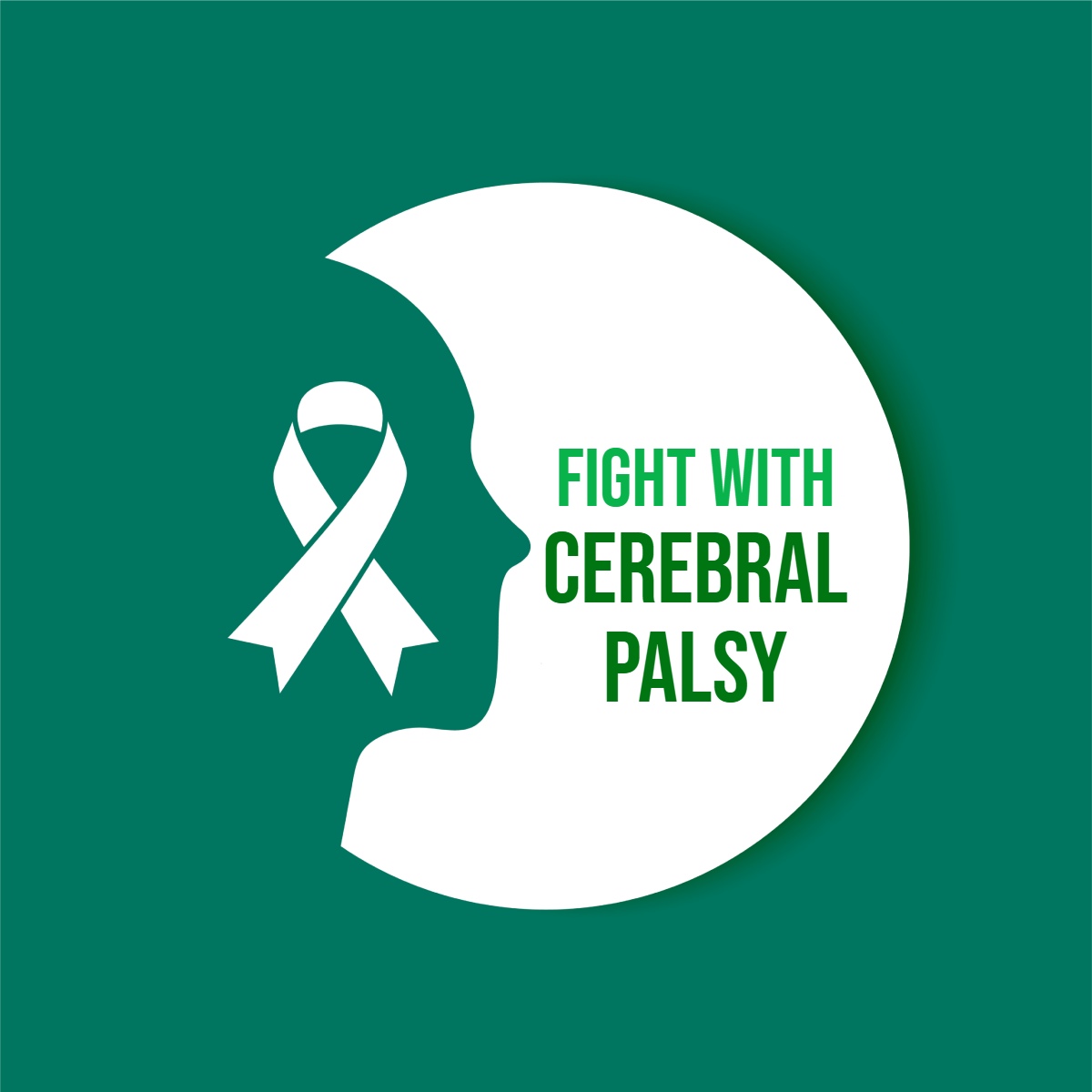Cerebral Palsy Treatment through Stem Cells

Cerebral palsy begins when the developing brain faces damage before, during, or soon after birth. That damage often affects movement, posture, or muscle control, depending on the areas of the brain involved. It does not progress like other conditions. The brain injury happens once. But the effects remain for life. International data suggests that 1: 345 baby’s are diagnosed with Cerebral Palsy.
Conventional therapy focuses on managing symptoms, bracing muscles, supporting development, or using medication to control stiffness. These treatments do help. But they do not repair the injured brain tissue. They do not rewire the damaged signals. They work around the problem instead of inside it.
Stem cell therapy changes that possibility. Keep reading to understand how stem cell treatment is being studied in cerebral palsy and where cord blood might become part of future care.
How Stem Cell Therapy Fits Into Cerebral Palsy Treatment?
Stem cells are unspecialized cells with the ability to become many different cell types. In the case of cerebral palsy, the focus is on using them to support or repair damaged brain networks. The goal is not to undo what happened. The goal is to improve how the brain communicates with the rest of the body.
Stem cell therapy for cerebral palsy works by:
- Reducing inflammation in the injured brain tissue
- Releasing factors that support new growth and protect existing neurons
- Helping form new connections between nerve cells and motor pathways
This approach is still being studied, but the results from early stem cell research show potential for improving motor function, coordination, and overall quality of life.
Why Cord Blood Stem Cells Offer a Unique Advantage?
Among all sources, cord blood stem cells are showing promise for Cerebral Palsy Treatment. These cells are collected at birth and stored through stem cell preservation. They are young, flexible, and free from the damage that older cells may carry.
Cord blood stem cells offer benefits that include:
- Lower immune rejection risk, especially when used as the child’s own cells
- High concentration of cells that influence healing and neural repair
- No need for invasive collection later in life
No need for invasive collection later in lifeentration of cells that influence healing and neural repairWhen used in clinical settings, these cells are delivered through infusion. They travel through the bloodstream and reach areas of inflammation in the brain, where they begin releasing protective signals and support molecules.
What Stem Cell Research Shows About Cerebral Palsy Treatment?
Ongoing stem cell research has focused on how these treatments may influence long-term outcomes for children diagnosed with cerebral palsy. Clinical trials around the world continue to explore how cord blood stem cells affect brain function and development.
Key early findings include:
- Some children experience measurable gains in movement, speech, or balance after treatment
- The therapy appears safe when administered in controlled clinical settings
- Benefits seem greater when treatment occurs at younger ages within 5 years during active brain development
These findings do not promise a cure. But they suggest that stem cell treatment may reduce the severity of certain effects and improve daily function in some cases.
Who May Benefit from This Type of Stem Cell Treatment?
Stem cell therapy may be most effective in children who have milder forms of cerebral palsy or those with clear inflammation markers in the brain. Age and timing also matter. Younger brains appear more responsive, especially during rapid growth windows.
Children may be considered for stem cell therapy when:
- Diagnosis is confirmed and functional delays are present
- Conventional therapies have reached a plateau with limited progress
- The child’s cord blood is available through stem cell storage or a matched unit is accessible
Each child’s case is different. Decisions about treatment must include medical evaluation, ethical review, and close follow-up after any infusion.
Preserving Cord Blood for Future Medical Possibilities
Cord blood stem cell storage happens at birth. Once preserved, it stays protected through long-term stem cell preservation protocols. Families who bank cord blood create a resource that may support future therapies, including cerebral palsy treatment, depending on medical evaluation.
This is a one-time collection. It involves no risk to the baby and no interference with delivery or newborn care. Once stored, the cells remain available for research or treatment if needed later.
Our Role in Supporting Families Who Choose to Preserve
At Cryoviva Life Sciences, we understand that preserving cord blood is a quiet decision made during a busy time. We provide safe collection, secure stem cell storage, and continued access if future therapy becomes an option. Our role is simple, we keep that resource ready, in case it becomes part of something greater.






 Enquiry
Enquiry
 Email
Email Phone
Phone
 Whatsapp
Whatsapp